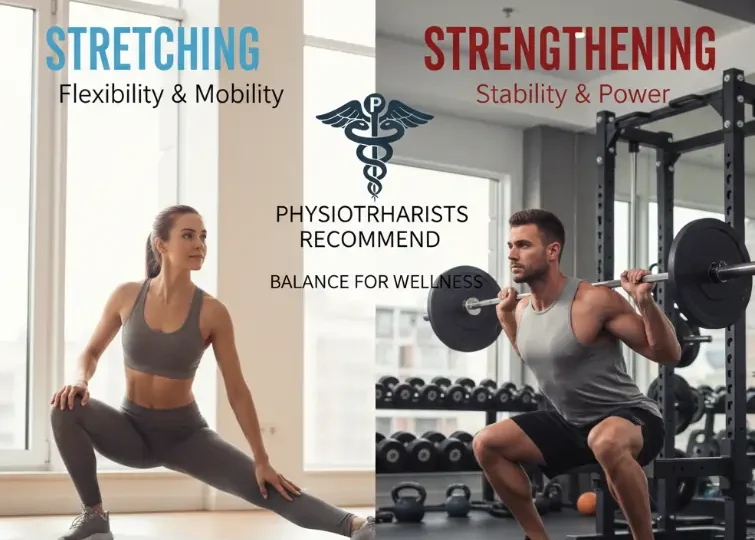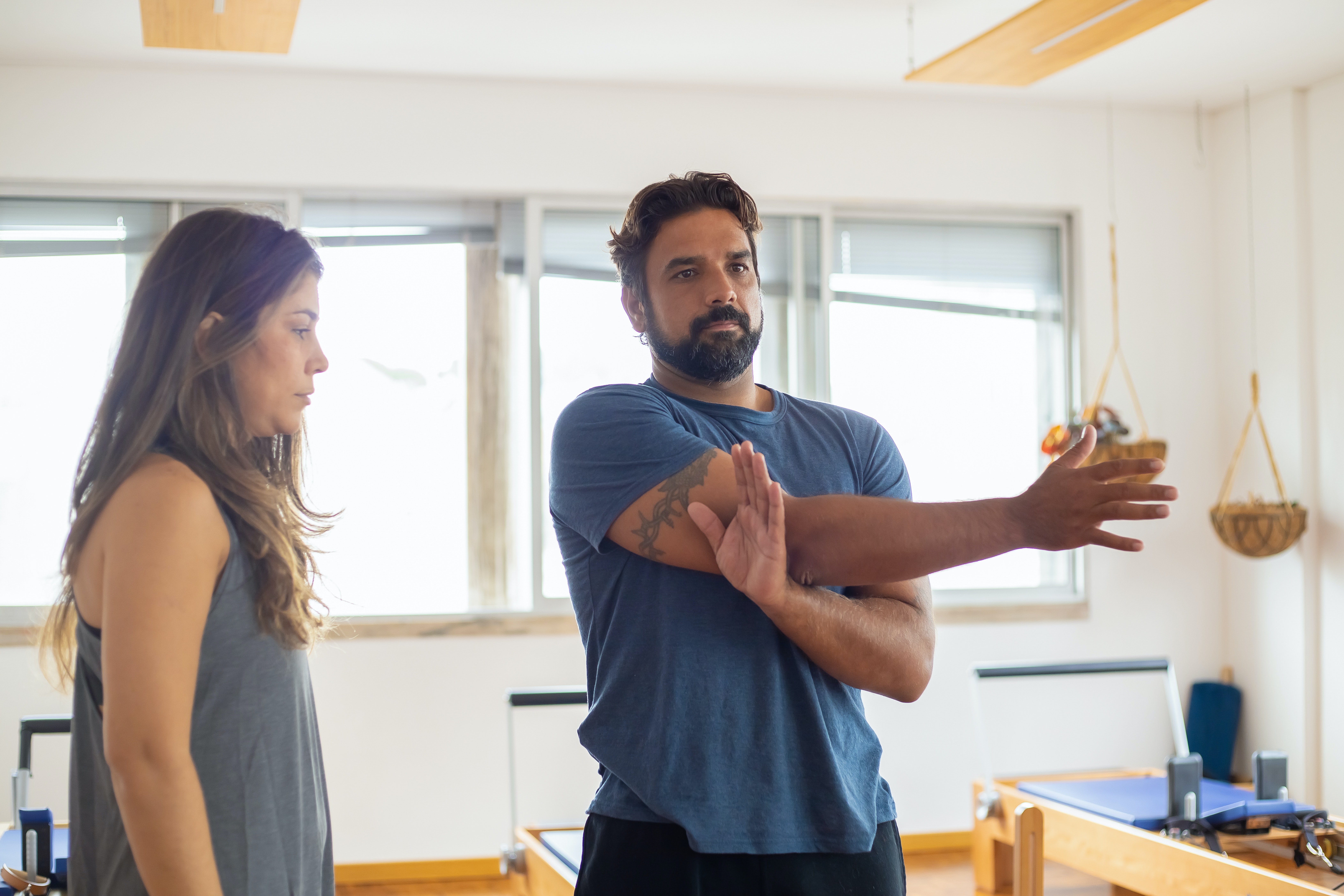
When people think about improving mobility or reducing pain, stretching is often the first thing that comes to mind. Others believe strength training is the key to preventing injuries.
The truth is, both stretching and strengthening play important roles in physiotherapy, but the right balance depends on your body, your goals, and your condition.
Why Stretching Matters
Stretching helps lengthen tight muscles, improve flexibility, and increase range of motion. For those who spend long hours sitting, stretching can counteract stiffness in the hips, back, and shoulders. Physiotherapists often recommend stretching to:
- Reduce muscle tension and soreness
- Improve circulation
- Prepare the body for movement or exercise
- Support relaxation and posture
The Importance of Strengthening
Strengthening builds the stability your joints and muscles need to handle everyday tasks and higher-intensity activities. Without strength, flexibility doesn’t necessarily protect you. A physiotherapist may recommend strengthening exercises to:
- Improve joint stability
- Support better balance and coordination
- Reduce risk of future injuries
- Enhance overall endurance and performance
For example, if you have recurring knee pain, strengthening the quadriceps, hamstrings, and hip muscles may provide more long-term relief than stretching alone.

How Physiotherapists Decide What’s Best
The decision between stretching and strengthening isn’t an either/or — it’s about what your body needs most at a given time. Physiotherapists in Stittsville start with a thorough assessment of your flexibility, strength, posture, and movement patterns. From there, a personalized plan may include:
- Stretching first if your muscles are tight and limiting mobility
- Strengthening first if weakness is the primary cause of pain or instability
- A combined approach that uses both, depending on your recovery stage
- A Common Example: Back Pain
Many people with back pain believe stretching will fix the problem. While targeted stretches can relieve tension, physiotherapists often emphasize strengthening the core and glute muscles to provide lasting support for the spine. In this case, strengthening is just as important, if not more so, than stretching.
Building Balance Into Your Routine
Most physiotherapy programs integrate stretching and strengthening together. For example, you might:
- Stretch the hip flexors and hamstrings to release tension
- Strengthen the glutes and core to stabilize the pelvis
- Finish with mobility drills that tie the two together
This balanced approach addresses both flexibility and stability so you can move with less pain and more confidence.
Takeaway
Stretching and strengthening are not in competition. Instead, they complement each other. A physiotherapist’s role is to identify whether your pain or limitation stems from tightness, weakness, or both, and then design a program that restores your body’s natural balance.If you’re unsure whether you need more stretching or strengthening, booking an assessment with our physiotherapists in Stittsville can help you understand the best plan for your unique needs.

